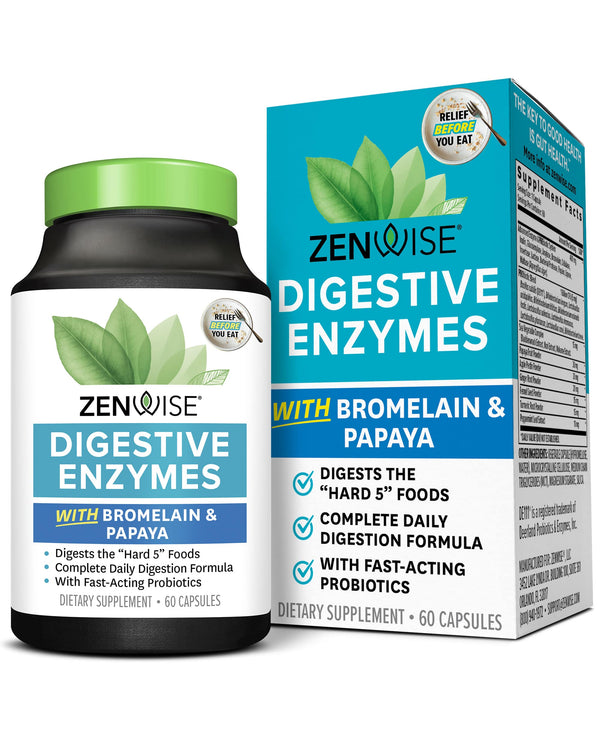
Nothing says good food, great people, and summertime like grilling. All meat tastes better when it’s grilled over a hot flame. Plus, grilling is healthy cooking! It doesn’t involve large amounts of fats and oils like frying does. And that also means lower calories!
However, becoming a grill master doesn’t happen overnight. So here are some easy tips to get you started. [And read on for our favorite rub recipe]
Gas vs Charcoal: What’s the diff?
Actually, there are quite a few differences cooking with a gas grill, vs. charcoal or wood. Here’s a quick overview:
If you’re new to the BBQ world, gas grills are a good way to ease the learning curve. Gas grills are easy to use, heat up quickly, and are easy to control the temperature. There are also no messy ashes to deal with. However, you won’t get the same smokey, flame-broiled flavor that charcoal delivers.
Professional pitmasters will tell you that when it comes to flavor, wood grilling just can’t be beat. However, when grilling with wood, you’re quite literally cooking with fire. And fire can be difficult to manage and manipulate [especially if there’s a wind blowing!] That’s why charcoal is a popular, easier option.
Charcoal grilling gets hot and stays hot which makes it possible to achieve beautiful sears and crusts on meat that you can’t often achieve with other heat sources. Cooking with charcoal also brightens up flavors, making for a more savory bite, every single time.
How to Prep Your Grill
Whether you’re cooking on gas or charcoal, step one is the same: Clean your grill grates. Once your grill has pre-heated, give the grates a good scrub with one of those long-handled grill brushes and leftover grease and food bits should scrape right off.
For charcoal grilling, layer some briquettes on the bottom. A good way to set-up your grill is to put most of the charcoal onto one side for direct cooking. Meanwhile, the other side is your “safe zone” for indirect grilling or to keep food warm.
Pour some lighter fluid over the charcoal, and light. Once the coals start to become covered with grey ash, close the grill lid until the temperature is hot enough for what you’re grilling.
When are you ready to start cooking? When the charcoal turns fully gray, about 15 minutes after lighting. And here’s a tip for temperature control: hold your hand about six inches above the grate. If you can leave it there for six or seven seconds, it's medium heat. Four to five seconds is medium-high. And if you can only keep it there for one or two seconds? You've reached high heat.
Charcoal grills often come with a small vent on the top of the lid and the bottom of the grill. It's not just for decoration or letting all those delicious cooking smells out and about to tease your neighbors. These vents are there to control how much oxygen gets to your coals.
Too little oxygen (closed vents), and your flames may die out. Too much oxygen (vents open all the way) and you might have a flare-up. Adjust the vents so you have a perfect balance of air movement and control your heat.
How to Kick Your Grilling Skills Up a Notch
Now that you have the grilling basics down, let’s talk about preparing your meat. Lesson 1: everything tastes better when you add a rub!
Dry rubs bring out the best flavor in everything it touches. Not only does a rub tantalize your tastebuds with a melody of spices, it’s also very easy to make ahead of time. In just a few minutes and a few shakes, you will have this amazing aromatic combination of spices ready to be applied to the meat. And you can store the leftover rub in your cabinet for later use.
Generously sprinkle the rub over the meat, then store in the refrigerator for up to 12 hours. While you can add a rub and cook in as soon as 30 minutes, the longer you marinate the meat, the better. This way, the meat extracts as much flavor out of spices as possible. And even though you can add a glaze or sauce after you cook your meat, it’s not necessary with a dry rub. It tastes delicious either way.
Our favorite Steakhouse Rub is the perfect blend of savory and spice to pull out the flavors of whatever you put it on. It’s good on everything from a thick prime rib to weeknight pork chops. It even gives veggies an extra zing!
You can double or triple this rub recipe and store the remainder in a Ziploc bag or airtight container for as long as 6 months. Let’s get ready to season!
Steakhouse Rub
- 1 Tbsp red chili flakes
- 1 Tbsp crushed coriander seed
- 2 Tbsp crushed dill seed
- 3 Tbsp crushed mustard seed
- 4 Tbsp dried minced garlic
- 4 Tbsp crushed black pepper
- 3 Tbsp kosher salt
Mix all ingredients, sprinkle generously over the meat and massage in (getting every nook and cranny). Store in fridge overnight or up to 12 hours.




Leave a comment